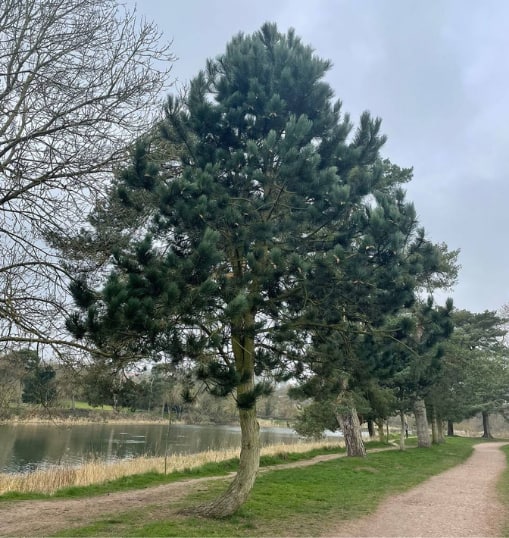
Introduction: In the intricate web of life that sustains our planet, nutrient cycling plays a vital role in maintaining the health and fertility of soils. Nutrient cycling refers to the process by which organic matter, minerals, and nutrients are continuously recycled and redistributed within ecosystems, nourishing plants and supporting diverse life forms. As foundational components of terrestrial ecosystems, trees play a crucial role in nutrient cycling, influencing soil fertility and ecosystem productivity. However, skilled tree reshaping is often necessary to optimise nutrient cycling in soil. In this blog post, we’ll explore the art of tree reshaping for enhanced nutrient cycling in soil and how Whitstable Tree Surgeons can help you cultivate healthier, more resilient landscapes.
Enhancing Root Development:
Roots are the primary interface between trees and soil, serving as conduits for water, nutrients, and organic matter. Trees reshaped to enhance root development can help improve nutrient uptake and cycling in soil. Tree surgeons can selectively prune and shape roots to remove circling or girdling roots that restrict growth and disrupt nutrient flow. By reshaping roots to promote healthy, extensive root systems, tree surgeons ensure trees can access and utilise nutrients more effectively, supporting overall soil health and fertility.
Increasing Leaf Litter:
Leaf litter is a valuable source of organic matter and nutrients contributing to soil fertility and microbial activity. Trees reshaped to increase leaf litter production can help enhance nutrient cycling in soil. Tree surgeons can selectively prune and shape trees to encourage the growth of dense foliage and abundant leaf litter. By reshaping trees to promote leaf production, tree surgeons increase organic matter input into the soil, providing a continuous supply of nutrients for plants and microorganisms.
Promoting Mycorrhizal Associations:
Mycorrhizal fungi form symbiotic relationships with tree roots, extending their reach and enhancing nutrient uptake in exchange for carbohydrates produced by the tree. Trees reshaped to promote mycorrhizal associations can help improve nutrient cycling in soil. Tree surgeons can selectively prune and shape trees to create favourable conditions for mycorrhizal fungi, such as maintaining diverse tree species and minimising soil disturbance. By reshaping trees to support mycorrhizal associations, tree surgeons enhance nutrient availability and cycling in soil, leading to healthier and more productive ecosystems.
Minimising Soil Compaction:
Soil compaction can impede root growth, reduce water infiltration, and inhibit nutrient cycling in soil. Trees reshaped to minimise soil compaction can help improve soil structure and fertility. Tree surgeons can selectively prune and shape trees to reduce root disturbance and compaction in the root zone. By reshaping trees to minimise soil compaction, tree surgeons create conditions supporting healthy root growth and nutrient cycling in soil, improving plant growth and ecosystem resilience.
Conclusion: Tree reshaping is a powerful tool for enhancing nutrient cycling in soil, supporting the health and productivity of terrestrial ecosystems. By partnering with experts, landowners, gardeners, and conservationists can cultivate healthier, more resilient landscapes that support diverse plant and animal life.
Call us on: 01227 204594
Click here to find out more about Whitstable Tree Surgeons
Click here to complete our contact form and see how we can help with your tree’s needs.